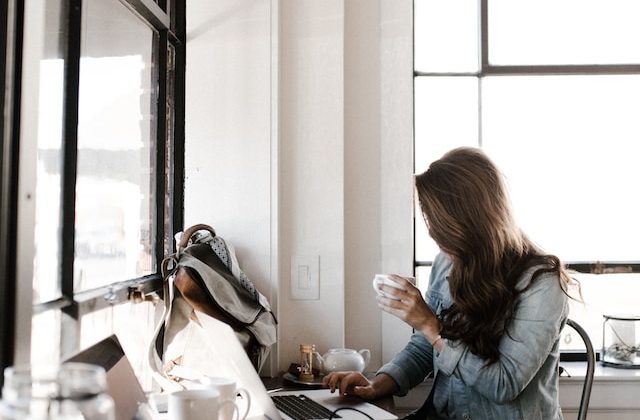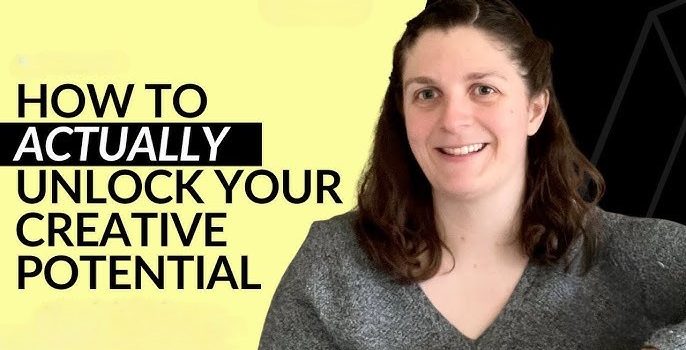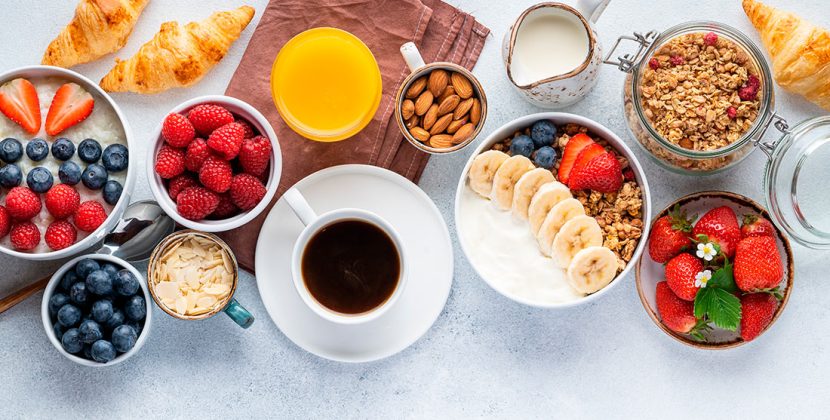
Introduction
Many people think creativity is a special talent that only a few have. But the truth is, everyone has creative potential it just needs to be unlocked. Creativity isn’t just for artists or writers; it helps with problem-solving, new ideas, and self-expression in all areas of life.
In today’s fast-changing world, creativity helps people adapt and think in new ways. Whether you want to grow in your career, explore a hobby, or add more creativity to your daily life, this article will share simple tips to bring out your imagination.
What is Creativity and Why is it Important?
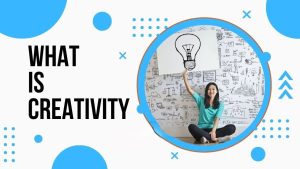
Creativity is the ability to think of new ideas, solve problems, and express ourselves in different ways. It helps us imagine things that don’t exist yet and find unique solutions to challenges we face. It is important because it drives innovation, makes our lives more interesting, and allows us to connect with others through art, stories, and ideas. In a world that is always changing, being creative helps us adapt and find new paths forward.
How to Unlock Your Creative Potential
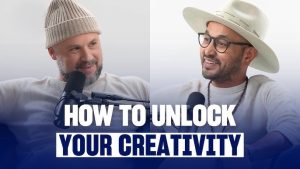
1. Develop a Creative Mindset
Artistry starts with how you think. A growth mindset allows you to see challenges as opportunities rather than obstacles.
- Accept that mistakes are part of the learning process.
- Be open to new experiences, ideas, and perspectives.
- Challenge your own beliefs and assumptions.
Example: If you believe you are not a artistic person, shift your mindset by trying small creative activities like doodling, brainstorming, or storytelling.
2. Create a Stimulating Environment
Your surroundings influence your innovation. A cluttered or uninspiring space can limit artistic thinking.
- Designate a innovative workspace with inspiring objects, books, and colors.
- Keep a notebook or digital space for recording artistic ideas.
- Change your environment occasionally work in a café, park, or library for fresh inspiration.
Example: Many successful artists and innovators, including Steve Jobs and Albert Einstein, designed workspaces that encouraged innovation.
3. Practice Mindfulness and Relaxation
Stress and overthinking can block innovative thinking. Practicing mindfulness helps to clear your mind and encourage new ideas.
- Take breaks and allow your mind to wander.
- Engage in meditation or deep breathing exercises.
- Spend time in nature to relax and gain inspiration.
Example: Many artistic people get their best ideas while taking a walk or stepping away from work.
4. Explore Different Creative Outlets
Creativity comes in many forms. Exploring different activities activates different parts of the brain and strengthens innovative skills.
- Writing: Journaling, storytelling, or poetry helps with self-expression.
- Music: Playing an instrument or listening to music boosts artistic thinking.
- Art: Drawing, painting, or sculpting improves visual inspiration.
- Cooking: Experimenting with flavors and recipes encourages innovative thinking.
Example: If you usually work with numbers, try painting or photography to engage the artistic side of your brain.
5. Ask Questions and Stay Curious
Curiosity is the foundation of artistry. Asking questions challenges existing ideas and leads to new discoveries.
- Ask “Why?” and “What if?” about everyday situations.
- Challenge assumptions and explore alternative perspectives.
- Engage in meaningful conversations with different types of people.
Example: Leonardo da Vinci, one of history’s greatest innovators, kept a notebook filled with questions and observations about the world.
6. Use the Power of Constraints
Creativity flourishes under limitations. When faced with restrictions, people find new and unexpected solutions.
- Set time limits: Try generating ideas in 10 minutes.
- Use limited resources: Create something with what you have.
- Follow specific rules: Use only certain colors or materials for a project.
Example: The famous writer Dr. Seuss wrote Green Eggs and Ham using only 50 different words, proving that constraints can fuel artistry.
Practical Strategies to Boost Creativity

1. Brainstorming and Idea Mapping
Brainstorming is an effective way to generate multiple ideas in a short time. Use an idea map to connect different thoughts and expand on them.
How to do it
- Write a central idea in the middle of a page.
- Branch out with related words, concepts, or solutions.
- Expand on these branches with deeper ideas.
Example: Writers use brainstorming to develop story plots, while businesses use it for product development.
2. Step Outside Your Comfort Zone
New experiences introduce fresh ideas and perspectives.
- Travel to new places or explore different cultures.
- Read books from varied genres and subjects.
- Learn a new skill or take an online course.
Example: Mark Zuckerberg learned Mandarin as a artistic challenge, which also helped him connect with new audiences.
3. Collaborate with Others
Working with others expands innovation by exposing you to different viewpoints.
- Join artistic communities or attend workshops.
- Share ideas with friends, colleagues, or mentors.
- Accept feedback and build on suggestions.
Example: The most innovative companies encourage team collaboration to spark innovation.
Creativity in the Workplace
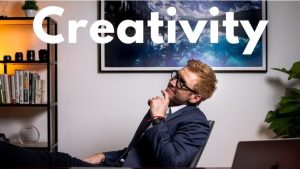
It is becoming more important at work. Companies that support innovative thinking can solve problems better and improve their products. A workplace that values new ideas helps employees think in fresh ways. Holding brainstorming sessions, offering flexible workspaces, and rewarding artistic ideas can lead to success. When employees feel free to be creative, they come up with better solutions and improvements.
The Impact of Technology on Creativity
Technology has a big impact on artistry today. With the rise of digital tools, people can create and share their work more easily than ever before. Software for graphic design, music production, and video editing makes it simpler for anyone to express their ideas. Social media platforms allow innovative people to showcase their work and connect with others. This access to technology encourages more people to explore their creativity and share their talents.
Creativity and Problem-Solving
Artistry helps people solve problems in new ways. When you think innovative, you can find solutions that others might not see. Many great inventions and ideas come from thinking differently. Instead of following the same old methods, creative people try new approaches. This makes life easier and helps businesses, science, and technology grow.
Importance of a Creative Environment
A supportive environment is crucial for fostering creativity. Spaces that are open and inspiring can help people feel more comfortable sharing their ideas. Encouraging collaboration and teamwork can also spark Artistry. Organizations should aim to create workplaces that value and promote innovative thinking. When people feel supported, they are more likely to explore new ideas and take risks.
Encouraging Creativity in Education
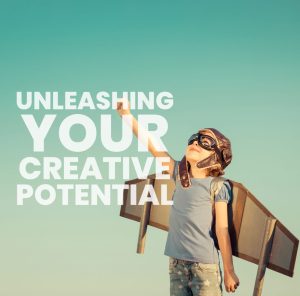
Schools play a vital role in promoting artistry among students. By incorporating innovative activities into the curriculum, teachers can help students develop their imaginative skills. Encouraging projects that allow for personal expression can make learning more engaging. Schools should also provide resources and tools that inspire artistry, such as art supplies, technology, and collaborative spaces.
The Importance of Playfulness
Being playful is an important part of the creative process. Allowing yourself to play and experiment can lead to unexpected ideas. When you approach tasks with a sense of fun, you are more likely to think cleverly. Engaging in playful activities, such as games or creative exercises, can help stimulate your imagination. Embracing a playful mindset can make the innovative process enjoyable and less stressful.
Overcoming Creative Blocks
Many people get stuck when trying to be artistic, which can be frustrating. This happens when new ideas won’t come. To fix this, try changing your surroundings, taking breaks, or looking for inspiration in new places. Sometimes, stepping away from a project for a while helps clear your mind. Remember, creative blocks are normal and can be overcome.
Confidence in Creativity
Many people doubt their Artistic abilities. They feel afraid to share their ideas because they worry about what others will think. But artistry grows when you believe in yourself. Trying new things, making mistakes, and learning from them help build confidence. The more you trust your ideas, the more creative you will become.
The Link Between Creativity and Happiness
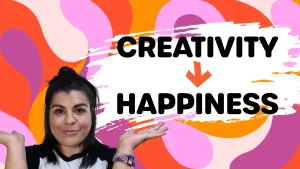
Being artistic can make you feel happier. When you create something, you feel a sense of achievement. Artistry also helps reduce stress by keeping your mind focused on positive activities. Doing things like painting, writing, or playing music can bring joy and relaxation.
Challenges to Creativity
Being artistic isn’t always easy. Common problems include fear of failure, self-doubt, and pressure to fit in. Many people also struggle to find time for innovative activities. Some don’t have the right space or tools to explore their ideas. Overcoming these challenges is important to reach your full artistic potential.
Future of Creativity
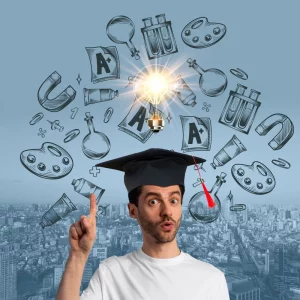
The future of creativity looks promising as more people recognize its value. With advancements in technology, new tools and platforms will continue to emerge, making it easier for individuals to express their inspiration. As workplaces prioritize innovation, we can expect to see a greater emphasis on creative problem-solving skills. Overall, it will remain a driving force for personal growth, business success, and societal progress.
Analysis Table: How to Overcome Creative Blocks
Even the most artistic people face mental blocks. Here’s how to overcome them:
| Creative Block | Solution |
|---|---|
| Lack of inspiration | Change your environment or take a break. |
| Fear of failure | Focus on experimenting rather than perfection. |
| Self-doubt | Celebrate small creative successes. |
| Overthinking | Set a deadline and move forward with an idea. |
Example: J.K. Rowling faced multiple rejections before publishing Harry Potter, proving that persistence fuels creativity.
Conclusion
Unlocking your creative potential is not about waiting for inspiration to strike, but about cultivating habits that encourage innovation. By understanding artistry, developing skills, and implementing effective strategies, you can enhance your ability to think cleverly and innovate. Remember, it is not just a talent; it’s a skill that anyone can cultivate with the right mindset and tools.

